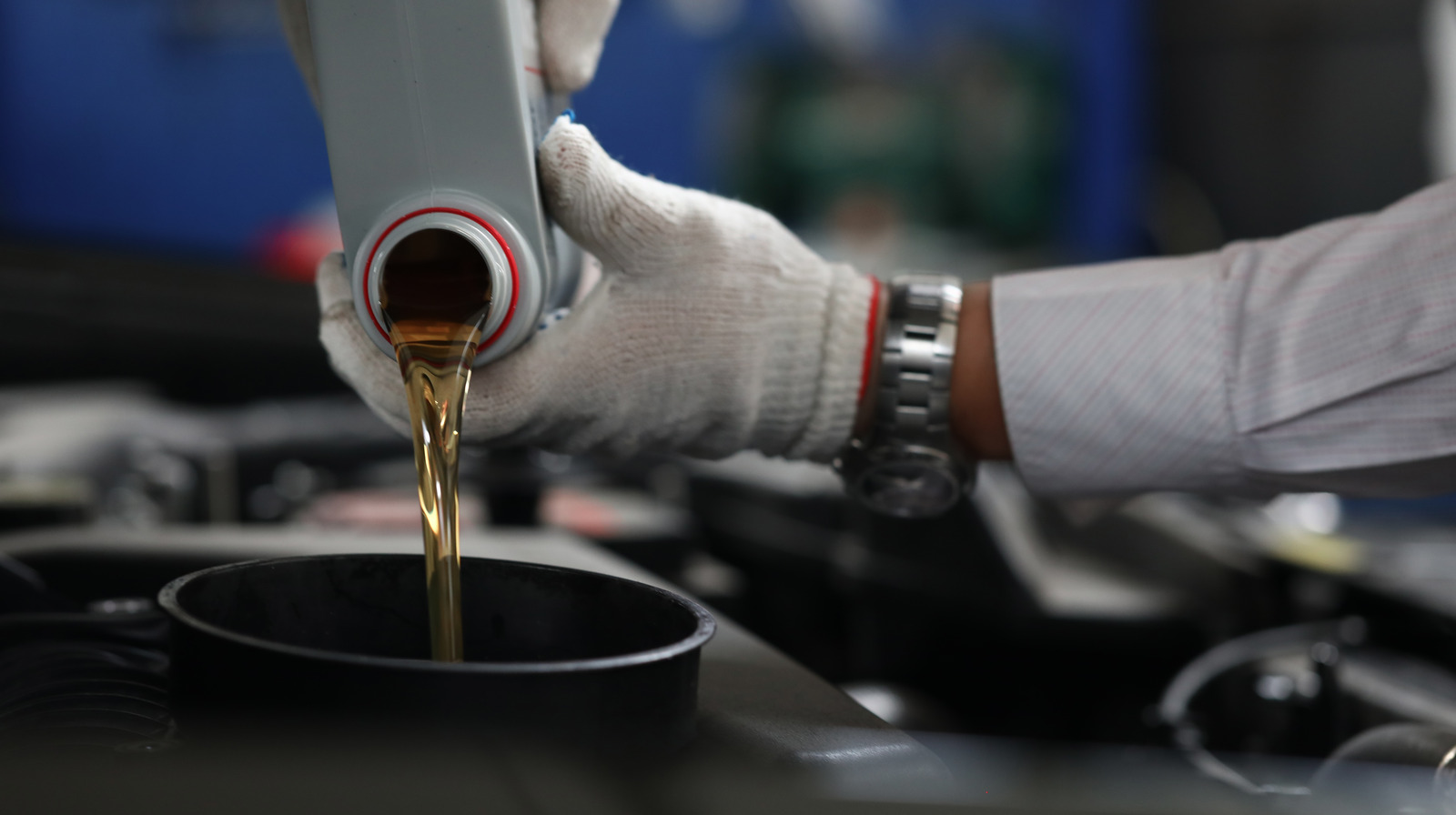Last November, the Voyager 1 spacecraft began sending gibberish radio signals back to Earth. Engineers have now identified the problem, but trying to repair a 46-year-old device on a craft 24 billion kilometres from Earth is not easy.
Voyager 1 and its twin Voyager 2 were both launched in 1977 on a reconnaissance mission to Jupiter and Saturn. They were designed to fly past the giant planets to obtain closeup images of those distant worlds and their myriad of moons.
Both spacecraft performed beyond expectations, discovering many new moons — some covered in ice, one with active volcanoes, another with a thick atmosphere and closeup details of Saturn’s rings.
Following the Saturn encounter, Voyager 1 was flung upwards by Saturn’s gravity on a trajectory northward, above the orbital plane in which most of the planets orbit the Sun, out of our solar system. NASA extended its mission and from there it went on to become the first human-made object to venture into interstellar space in 2012.
Voyager 2, however, was aimed toward Uranus and Neptune, which were conveniently positioned in a rare alignment with Jupiter and Saturn making it the only spacecraft to visit those distant worlds.
Following the grand tour of the outer solar system, Voyager 2 was also tossed out toward interstellar space in 2018 when its mission was extended and where it continues on its journey today.
While their primary missions were over, both spacecraft were still in good health, thanks largely to their nuclear power sources or Radioisotope Thermoelectric Generators (RTG). These containers hold small amounts of plutonium which provide heat that is turned directly into electricity with no moving parts. They have an expected lifetime of around 50 years and have kept the Voyagers’ instruments running.
Now, as both spacecraft continue their journey through the space between the stars, they are showing signs of their age.
For Voyager 1, the problem seems to be in the flight data subsystem (FDS) that packages data from the scientific instruments for transmission to Earth. The scientists don’t know if the faulty module was corrupted by cosmic rays or just worn out, but they say they’re optimistic they may be able to work around the problem, although it will take some time.
Engineers have confirmed that corrupted memory aboard my twin <a href=”https://twitter.com/hashtag/Voyager1?src=hash&ref_src=twsrc%5Etfw”>#Voyager1</a> has been causing it to send unreadable data to Earth. It may take months, but our team is optimistic they can find a way for the FDS to operate normally again: <a href=”https://t.co/qe5iQUu4Oj”>https://t.co/qe5iQUu4Oj</a> <a href=”https://t.co/AGFBZFz53v”>https://t.co/AGFBZFz53v</a>
—@NASAVoyager
The challenge is that the computers were built in the 1970s using old code and send data very slowly by today’s standards.
In addition, these computers are so deep in space, it takes 22.5 hours for a radio signal from Voyager 1 to reach Earth. That means the controllers on the ground have to wait 45 hours for each two-way communication with the spacecraft.
Given how very, very far they are from home, if something goes wrong with them, it’s up to engineers on the ground to fix it by sending radio signals since reaching them for repair missions isn’t possible. We’re a long way from the fictional warp drive and sub-space communication that made life so easy on the Starship Enterprise of Star Trek fame.
The twin Voyagers are now the most distant objects ever sent from Earth; a demonstration of how vast space is and how slow our spacecraft are. In 1977, I attended the launch of Voyager 2 when my hair was black and skin was smooth. This one mission with Voyager 1 and 2 has occupied a good chunk of my lifetime.

In another few years, the RTGs on both Voyagers are expected to run down to the point where the spacecraft will no longer be able to communicate with Earth. They will just continue to drift in silence among the stars of the Milky Way for billions of years.
However, there is one item on both Voyagers that will continue to function, the Golden Record, which carries a message from Earth to anyone out there who may find the spacecraft in the future.
The chances of them being found are astronomically small, but they will become the longest running experiment in human history.







